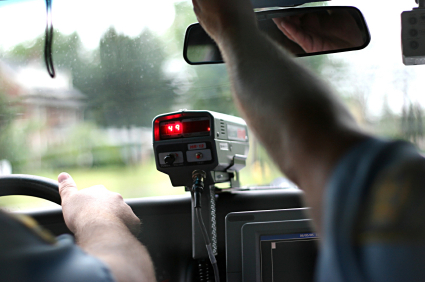
In the interest of protecting children and school employees from unreasonable danger or harm, the State of Illinois enacted special speed limits for school zones. These special speed limits are only effective during the school day and if there is a legally posted sign indicating the maximum allowable speed. Before delving into the details of this offense, however, it will be helpful to review the Illinois definitions of a “school” and a “school day.”
Definition of School & School Day
625 ILCS 5/11-605 provides the Illinois definitions of a school and a school day. Under this section, the term school refers to:
- Public primary and secondary schools;
- Private primary and secondary schools;
- Primary and secondary schools operated by religious institutions; and
- Nursery schools, whether public, private, or religious.
Section 11-605 also provides the definition of a school day. Under this section, a school day begins at 7 a.m. and ends at 4 p.m.
Speeding in a School Zone
During a school day when children are present, Section 11-605 establishes a maximum speed limit of 20 miles per hour. This speed limit applies to any driver who is passing a school zone, traveling on public school property, or any public thoroughfare that children use to go to and from school.
For a special limit in a school zone to be effective, there must be appropriate signs posted on streets and highways in proximity to the school. The signs must indicate that a school zone is close and also list the maximum speed limit. The municipality in which the school is located bears responsibility for maintaining these signs.
In addition to appropriate signs, a municipality may also install electronic devices to measure speed in school zones. These devices must be within 500 feet of the signs indicating the school zone and the maximum speed limit. And these devices are only permissible if used to enforce the special speed limit in a school zone.
Penalty for Speeding in a School Zone
Any driver who violates Section 11-605 by speeding in a school zone is guilty of a petty offense. This type of offense is punishable by a fine only, without confinement in jail or prison. The first time a driver speeds in a school zone, the maximum fine is $150. But if a driver commits this offense a second or subsequent time, the maximum fine increases to $300.
Aggravated Speeding in a School Zone
In more extreme cases, a driver can face charges for aggravated speeding in a school zone under Section 11-605. The aggravated version of this offense applies when a driver operates a motor vehicle at a speed that is at least 26 miles per above the posted speed limit in the school zone.
Penalty for Aggravated Speeding in a School Zone
Aggravated speeding in a school zone under Section 11-605 is subject to an enhanced penalty structure. It is a Class B misdemeanor to operate a vehicle at least 26 miles per hour but less than 35 miles per hour above the posted speed limit in a school zone. The maximum punishment for a Class B misdemeanor includes $2,500 in criminal fines and six months in jail. Though it is possible to receive a sentence of probation instead for a period of two years.
On the other hand, it is a Class A misdemeanor to operate a vehicle 35 miles per hour or more above the posted speed limit in a school zone. The maximum punishment for a Class A misdemeanor includes $2,500 in criminal fines and 12 months in jail. In lieu of a conviction, it is possible to receive two years of probation for a Class A misdemeanor in Illinois.